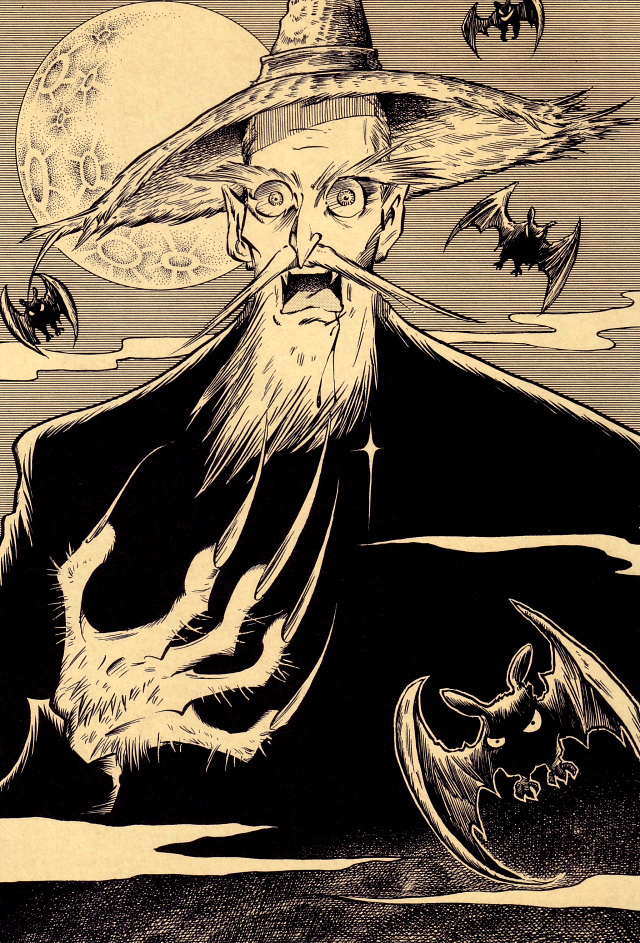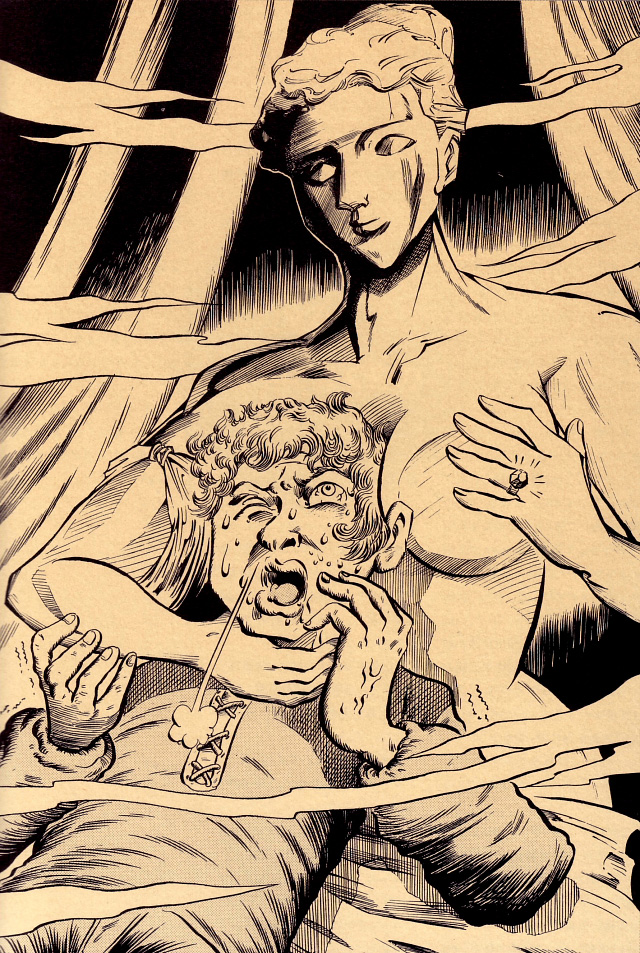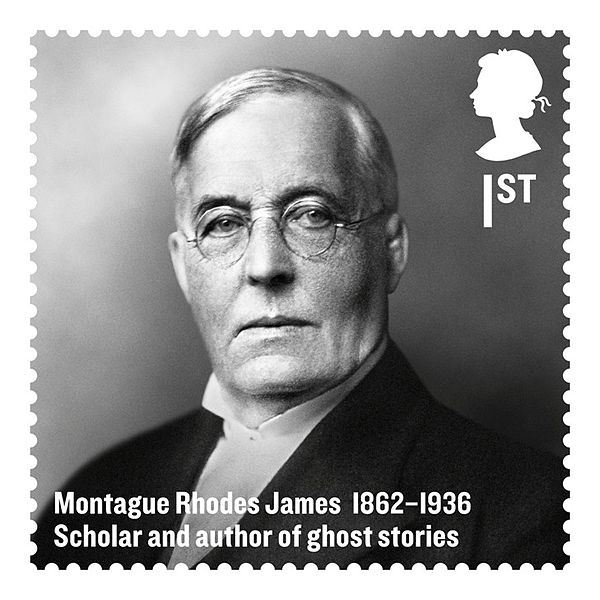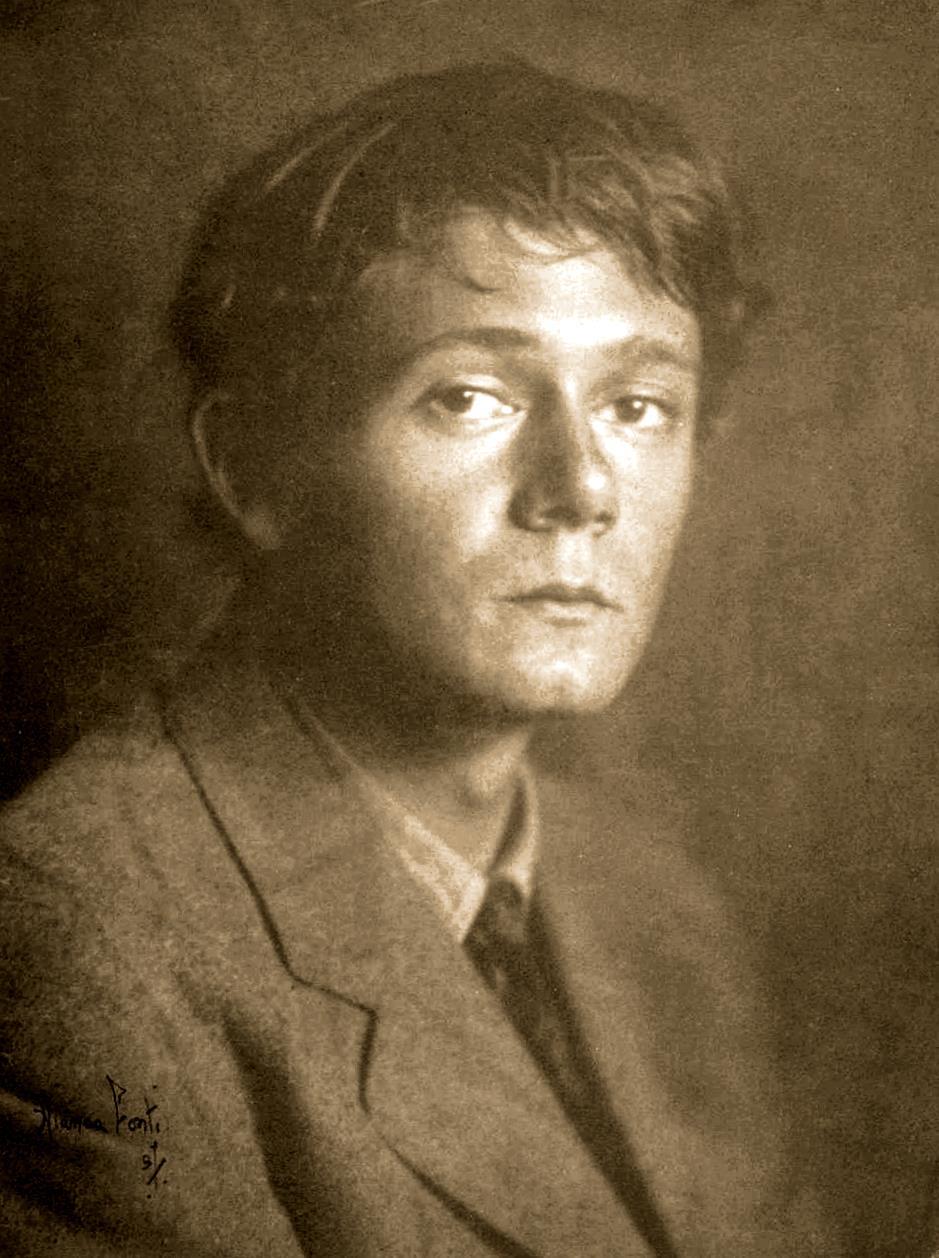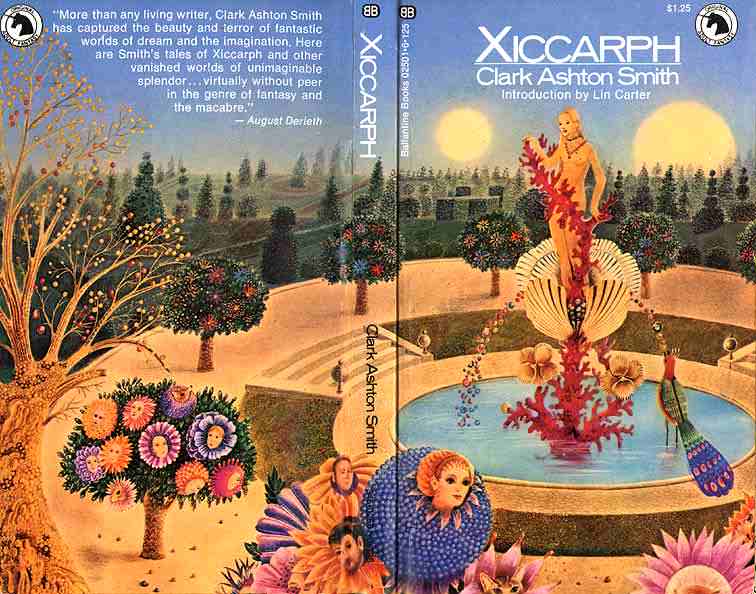Antony Oldknow's recent collection from
Dragonfly Press is subtitled 'Fifteen Weird Unexpected Stories'. I think we all have a rough idea what unexpected means, but what weird fiction might be is the subject of a lively and ongoing debate. So, how would I define this genre, or sub-genre?
Characteristics of 'weird fiction'
1. Isolated/misfit characters, from M.R. James to Aickman
2. Dysfunctional, failed, or defunct relationships, with more than a whiff of the erotic
3. Erudite references - strange knowledge - Poe & Lovecraft spring to mind
4. Slightly archaic or otherwise odd language
5. Humour - somewhat rarer, but again Poe has a lot of it
6. Exotic locations - Blackwood is a good example
7. Fatalism - sense of grim inevitability, lack of self-determination (see 1)
If I'm right, the weirdness factor is certainly high in Oldknow's tales. The title story concerns a military doctor recovering from serious injuries sustained in North Africa in 1943. Dr Upex enjoys listening to Gustav Holst's music, and seems to encounter the composer himself. This takes him by a kind of dream-logic to a meeting with Ing, the Nordic God of Becoming, a rather reassuring figure with a broad linguistic influence.
Dysfunctional relationships do not trouble Dr Upex, but are much in evidence elsewhere. Perhaps a more precise term would be 'the femme fatale', though that is not quite accurate. Olknow's characters are often men who become obsessed with mysterious women, often to the point of stalking, but never achieve satisfaction or closure. In 'Ruelle des Martyrs' (from ST #26) a man gives a lift to a woman during a rainstorm and finds himself in a strange house.
The set up is reminiscent of many vampire tales, but here the story develops in another direction. As a poet Oldknow seems to favour imagery over plot, a risky stratagem in the often over-literal world of horror fiction, but he has a high hit rate. What is the secret of the 'Woman With Red Gloves'? Why does she never remove them? I've no idea, but this is probably the point. No revelation could be as strange as the elusive beauty the narrator falls for and then loses.
I'm not sure if
femme fatale is the right term for Oldknow's typical woman, as they tend to be more ambiguous than destructive. But a recurring theme is the middle-aged man, often an academic, who becomes fascinated by a woman whose motives are ambiguous, and whose very existence might sometimes be in doubt. Vignettes such as 'Cathedral Woman', 'Bluebells, Lilac, and Chocolate', and 'Bathsheba' are all in their way erotic tales, but each has its own peculiar tone. 'Rachel', an extract from a novel in progress, is a somewhat surreal take on
noir fiction, complete with hard-bitten crime reporter and sassy women that smack him in the mouth.
Where more serious violence occurs in these stories it varies from a rather unusual car crash in 'Accident' to the almost comical shark attack that rounds off a (sort of) fishing tale, 'The Catch'. Humour, albeit of a twisted kind, is seldom far from the surface, as in the murder victim Miss Topping in 'Yellow Lines'. 'The Man in the Tree' features a very unreliable narrator of a Poe-esque kind and ends with a surprising twist.
Can a story be too weird? Perhaps. I confess that a few stories here left me baffled, perhaps because the implications of the many ideas in them are never fully realised. But at his best Oldknow is lively, accomplished, and a constant fund of esoteric information. He can offer an excellent window into the over-heated mind of a young veteran of the British Malayan campaign in 'Roll, Rattle, and Shake', yet also play tricky post-modernist games in 'If You Will Believe This'.
Considered all in all this is a demanding, somewhat difficult collection, but one that I think more adventurous readers will find rewarding.







